

Read more about HP’s latest headset, the Reverb G2 Omnicept. The Omnicept collects and analyses biometric data, such as facial movement, pupil reactivity, and heart rate. Access to this data allows developers to get up close and personal, creating programs that reflect the user’s needs.
VR NewsRead more about HP’s latest headset, the Reverb G2 Omnicept. The Omnicept collects and analyses biometric data, such as facial movement, pupil reactivity, and heart rate. Access to this data allows developers to get up close and personal, creating programs that reflect the user’s needs.

Coming in hot on the heels of the Reverb G2, the Omnicept features a number of add-ons. Some are more basic: a wipeable PU-leather face cushion, and an adjustable head strap, similar to competitor Valve Index - well, I say competitor loosely. The Omnicept is a different kettle of fish altogether. What makes this headset stand out are the huge swathes of biometric data that it captures: eye tracking, pupillometry (measuring both pupil size and reactivity), heart rate, and a face camera. Giving developers access to this level of data allows for new levels of interactivity, with programs able to adapt themselves to the user’s experience. In addition, the headset’s eye-tracking capabilities allows for foveated rendering - this means reducing the rendering workload by decreasing image quality in the user’s peripheral vision.
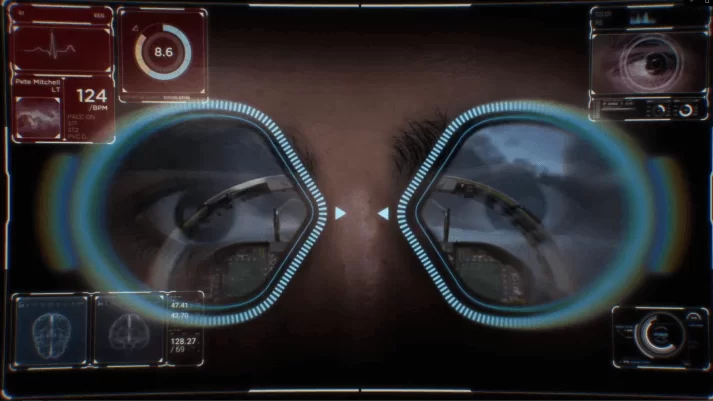
At the time of writing, beyond its unique capabilities, little else has been confirmed about this headset. We do know that it’ll be available in spring 2021, and that it will be compatible with Windows MR and Steam VR. Pricing is currently unknown, but the original G2 is available for pre-order for £538.00 in the UK / $599.99 US. Given that this headset is targeting enterprises and software developers, I think it’s a safe bet to say that the Omnicept will be significantly more expensive.
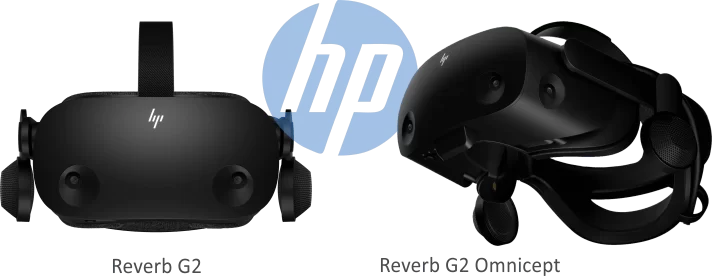
For those of you that aren’t already familiar with the HP Reverb G2, here’s a breakdown. Boasting industry-leading lenses made in collaboration with Valve, the headset has a 114° field of view, with a staggering 2160x2160 resolution per eye. That’s 9.3 million pixels - or 2.5 times as many as the Oculus Rift S. A great deal has been made by HP about the lens quality. An employee posting on Reddit gave members of r/HPReverb some insight into the design process. Apparently, the company has been so meticulous about the lenses that there were delays to the product’s final ship date. The first version was “terrible”, and required two more designs to get up to scratch. Clearly, it’s been worth it. Aside from the impressive resolution, it’s apparently mura-free. This is an irritating visual artefact when pixels next to each other, despite being intended to be all one colour, are actually displaying several different ones.
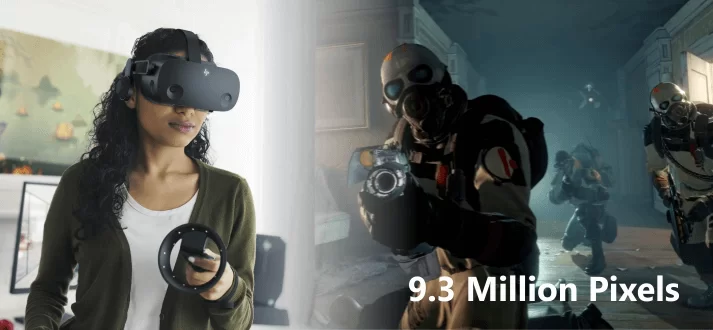
Alongside this, the Reverb G2 has off-ear speakers, set off by 10mm, allows for IPD adjustment, has a comfortably large facial cushion, as well as inside-out tracking with four cameras. This has the added benefit of not requiring any extra base stations.
The G2’s controllers feature an ergonomic design and are backwards compatible with all Windows MR headsets. Similar to the Oculus controllers, which have become something of an industry template, they have a touchpad in the middle. In terms of improvements made since the G1 controllers, they’ve added XY and AB buttons on the left and right-hand controllers respectively. There is also an analog button to control grip strength, unlike binary-style buttons which only allow for on/off input - or in this case: grasp, release. Analog buttons like this allow for more precise control: games can understand how far open or closed your hand is, allowing you to make a variety of gestures. VR Reviewer Tyriel Wood was sent a pre-release version of the controllers, and noted that these don’t feel as cheaply made as the original G1’s. The controllers have a ring extending out from the main body, studded with LED lights. This is to allow the cameras in the headset to track the controllers’ position. As these controls are battery-powered, anyone looking to invest in the G2 would do well to buy a pack of rechargeable batteries as well. As Wood notes, these batteries must be at least 1.5 volts, otherwise the tracking software will mistakenly assume that the controllers are in battery-saving mode - leading to them turning off randomly during play.
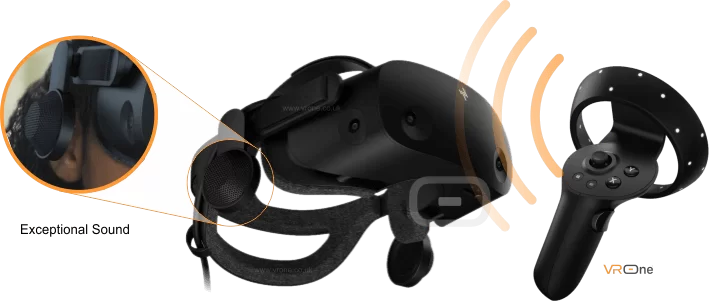
Pre-orders of the G2 will be arriving in early November - only a few short weeks away! After that point, the Reverb G2 can be purchased as normal via HP's website or via this link: HP Reverb G2.
Now that we’ve examined what the Omnicept is building upon, let’s explore what makes this version of the headset truly special. The biometric data can be used to deliver real-time insights into a user’s state of mind, such as their cognitive load - or, more simply put: an insight into their stress levels and the eventual effect of this on their performance.
The benefit of this data analysis is that it allows for VR experiences to be adapted to the user. For example, when training new employees, teachers have greater insight into their students’ abilities. If the software detects that a trainee is struggling to cope with the demands of a simulation, the teacher can choose to downgrade it to something easier. Another use that HP highlights is for software developers to get better feedback while testing new programs. Any stress points can be noted, in order to create a more comfortable user experience. Even collaboration in VR stands to gain from the Omnicept, with the face-tracking allowing for avatars to better mimic user facial expressions.
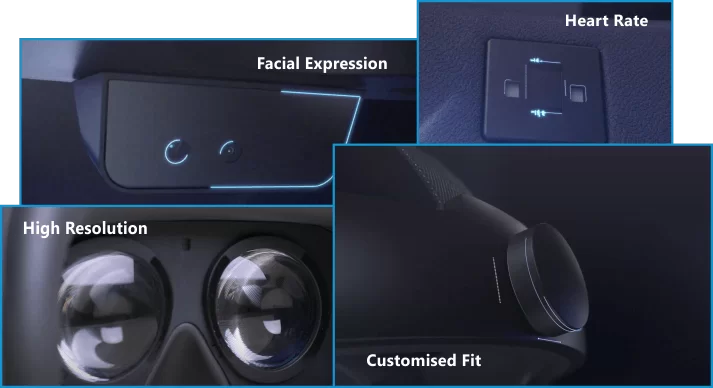
The Omnicept has native plug-ins for two major VR game engines: Unity and Unreal. It has an SDK as well as an independent software vendor for enterprises that don’t have their own development team. HP is selling multiple packages: Core, Academic, Developer, and Enterprise. The standard SDK comes with the Core and Academic packages, but the rest feature scaling charges. As part of the software’s license, HP demands a 2% cut of all profits made using the Omnicept software. I suppose we’ll see how this bizarre charge holds up: I can’t see paint manufacturers demanding a percentage from successful artists, can you?
The G2 and Omnicept have similar specs.
Graphics cards - Full Resolution
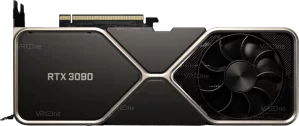
Processors
Memory
Miscellaneous specs
On the Omnicept page, HP has highlighted two companies that have already made excellent use of their product. The first is PIXO VR, a company that specialises in VR training for high-impact industries, such as manufacturing, construction, and those working in public safety. Director of Marketing Marco Maceri notes that when coaching trainees, the “ability to provide real-time feedback so they know what they did wrong and make adjustments” is critical. In addition, he states that the Omnicept increased the value of PIXO VR’s offer to their clients. “...It offers a complete picture of what’s possible in extended reality and what’s possible within their own individual workforce...Being able to accurately demonstrate that ROI [return on investment] for a client, you have to offer something compelling...this is qualitatively and quantitatively better training.” Todd Kuenhl, the Director of Engineering, takes their fireman training as an example. He states that the “active HP Omnicept Bio-Analytics data [allows their clients] to really see what type of performance their employees have”. Taking the software engineer’s perspective, Kuenhl remarks that since HP “already provided a native plugin for our chosen engine, which is the Unreal engine, so integration was really quite simple.”
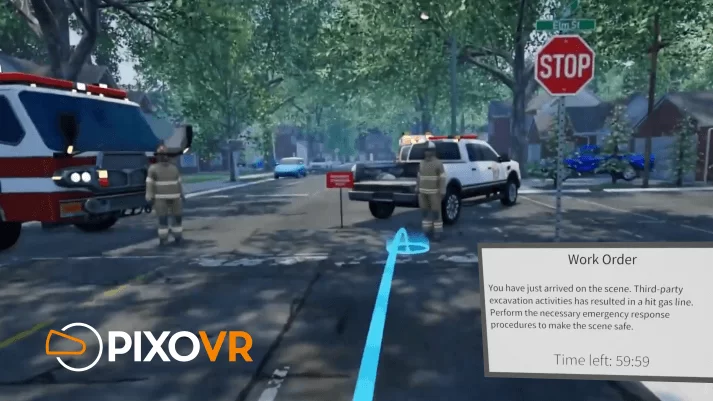
PIXO VR isn’t the only company that is leveraging the Omnicept to highlight the value of their services. HP also profiled Jeff Marshall, founder and CEO of Ovation. This company seeks to help people develop their public speaking skills. Reflecting on how this technology has rapidly changed their training style, Marshall says “Common wisdom has been to practice in front of a mirror - that mirror is being replaced by the virtual reality screen”. He describes how the Omnicept has helped him to prepare clients for the next step. ““One of the things we’ve always struggled with is “when are they [clients] ready to translate from the virtual world to the real world?”...Omnicept provides us with this extra layer of information to make sure that our software is actually taking their training to the next level...These metrics in combination give us the confidence to tell these users that you’re ready...for the real world with this speech you’ve been working so hard on.”
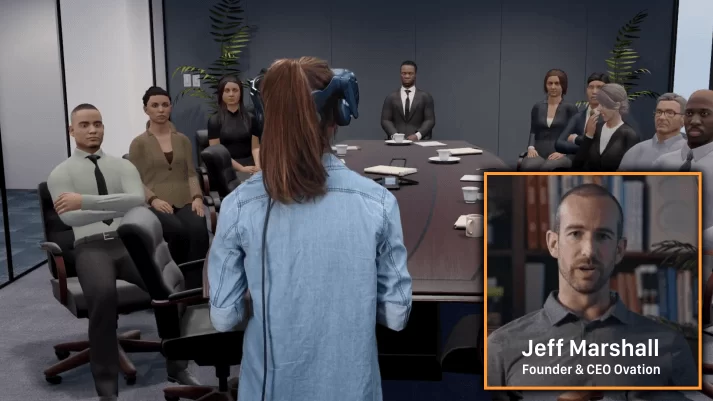
Though the core market for the Omnicept is far more business than consumer-focused, I believe that in coming years we’ll feel the impact of this headset in VR gaming. We’ve already seen that HP has spoken to the possibilities of more realistic avatars, which could mean a lot for social VR experiences, such as Altspace VR and VRChat. Some VR games are already looking to measure players’ reactions, such as Affected: The Manor’s “Gauntlet” DLC. Furthermore, as commenters on Tyriel Wood’s Omnicept video noted, there is huge potential here. Zalk in VR says: “Imagine a horror game that knows where you are looking and how scared you are. That excites and terrifies me at the same time” [emphasis mine]. Another commentator, King K, brings up a different possibility. “Imagine playing a game where speech and character interaction is important: A guy says his opinions about something and you make a facial expression in real life of like disgust or agreement…” RPGs are a hugely successful genre in and of themselves, so what could the market be for games that require actual role-playing? Taking on the role of a character in such a visceral sense would certainly create levels of immersion not experienced before - but one wonders how taxing that would be.

Asides from gaming, HP has put together its own document exploring these possibilities. In one, titled “Designing New Realities for the Built Environment”, they discuss the flip side of making digital versions of the real: creating digital spaces that mimic the best aspects of the real world. Interviewing Megan Lubaszka, an associate of multinational architecture firm Gensler, who works in-depth with technology, she gave her predictions for the development of such online spaces. “We don’t want to be the creators of virtual worlds to be the same ones that have given us horrible pop-ups when we try to go on a website, or that are just trying to trick us into staying in an environment for a long time that sucks our energy and makes us feel depleted...If we’re going to be spending time in these virtual worlds, we want them to be beautiful” [emphasis mine]. Reading Lubaszka’s vision, I felt that we’re hurtling towards a Ready Player One-style Oasis. Building attractive virtual worlds will be a vital draw for adopters of social VR games - one that has been conspicuously absent in the generally blocky design that they feature. Perhaps one day, the Omnicept, or something like it, will form a vital tool in the development of these spaces.
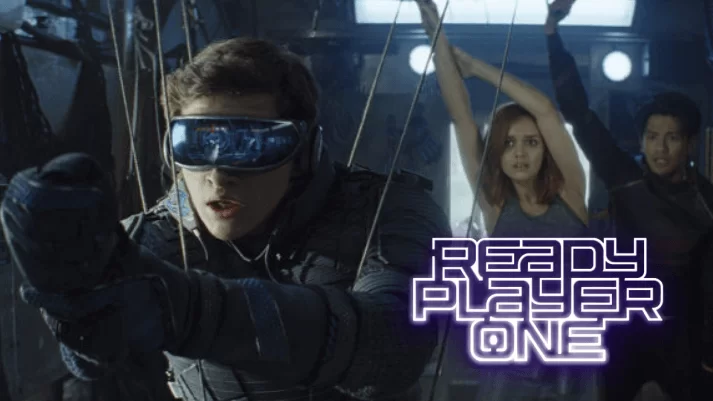
However, before I wax lyrical on the exciting future of VR - there is one large, Facebook-shaped elephant in the room. That is: what exactly is HP doing with all of this data? The company claims that “capture and transfer of data compl[ies] with GDPR, but the reams of data the headset gathers may put off some. Unfortunately, it’s necessary for the extreme levels of customisation that this technology allows for. Beyond this, not all uses of player data need be nefarious. Perhaps one of a future consumer-grade Omnicept will use this information to look out for its user - such as suggesting they take a break.
In any case, though the data is allegedly secure in the headset’s firmware, HP has left a lot of questions unanswered. GDPR regulations have proven to be largely toothless, with companies continuing to collect user data for their own ends - just now with the dubious consent of someone that’s just trying to get into a website. In any case, it’s important to ask: will users’ data ever be for sale? Will data be automatically deleted after a certain period of time? Will users be required to consent to being (presumably anonymously) monitored, or be locked out of a program until they comply? How will their data be protected? Admittedly, at present, Omnicept users will likely be limited to a relatively small number of software developers and trainees, but they have as much right as any consumer to understand what’s happening with their data.
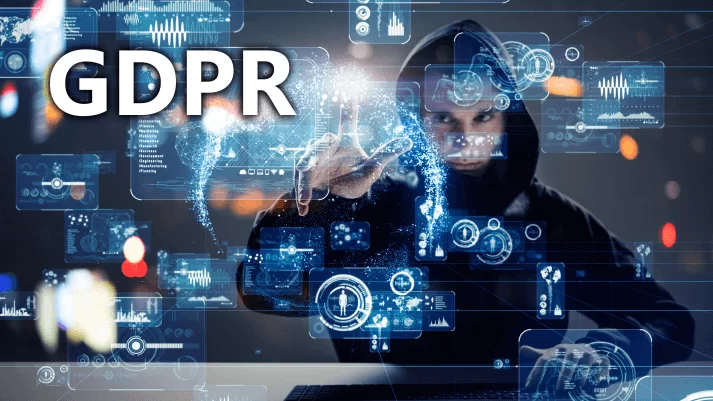
In the future, increased customisation thanks to data-gathering will likely become the industry standard, just as it has with social media and search engines. While this is likely a far way off, VR gamers and software developers need to start having conversations about the trade-off between a better user experience, and our universal right to privacy.
There have been several barriers to mainstream adoption of VR in the workplace. The main hurdle to overcome was repurposing software developed for gaming for office work - a cumbersome task that many understandably steered clear of. Nowadays though, hardware manufacturers have spotted this gap in the market and have started to develop VR suites just for the workplace. Alongside this, incremental improvements made to headsets have made them easier to use. Lighter, high-resolution HMDs are certainly a more attractive prospect than the clunky, laggy headsets of old. In a September 2019 analysis of VR trends, the Consumer Technology Association reported that close to 40% of businesses list incorporating VR into their work as a top priority, and that another 40% have a formal VR strategy. The majority of these initiatives are less than a year old. We can only imagine that the uptake of this rapidly developing field has increased, thanks to the effects of Covid-19.
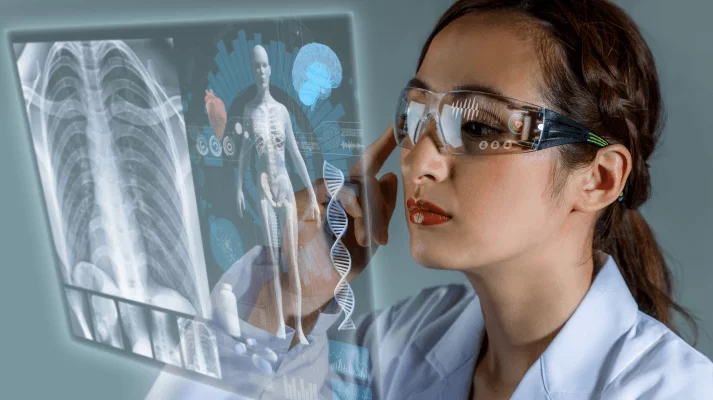
Extending VR into home offices could be a serious boon for offices fragmented by work from home orders, as well as for employees that are struggling to get into a ‘work mindset’ while being kept at home. VR headsets, with, hopefully, Omnicept-style responsive avatars, could reduce friction in remote-working significantly. More important conversations, rather than being done over email or Slack, could instead be held with the benefit of a spatial presence, however virtual.
Beyond this, VR could enable tasks that have been stymied by remote working to resume. In “Designing New Realities for the Built Environment”, HP quotes architect Anthony Cortez. Before his area went into lockdown, Cortez was able to take a 3D scan of the site that his firm was renovating. “We’re able to still go out there and visit the site and talk about the details of the project - virtually.”
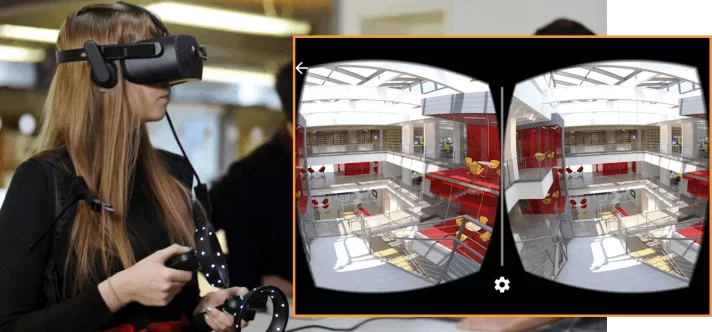
VR can also have serious environmental benefits. When looking to develop new branches, some major corporations hire architecture companies to create full-sized foam models. The benefit, of course, is that clients can better understand the design plans, and make informed comments during the process. However, once plans are approved, these expensive models are destroyed and discarded - a troublesome source of waste. Now that VR is slowly gaining ground in the architecture industry, VR models are becoming more popular, as a faster, and cheaper alternative.
Having a virtual, spatial presence may also provide benefits for the architects themselves. A digital office, as such, might prove to be a substitute for the random, creative interactions between employees in the normal office environment. Experts in multiple fields came together in VR to explore possibilities to redevelop New York’s bustling Grand Central Station: a space that must serve the complex needs of its million daily passengers. Thanks to the physical aspect of VR, the team and its directors, even those without technical knowledge, were better able to understand suggestions for new acoustic, lighting and signage systems. Experiencing the design virtually also allowed the team to understand the needs of different passengers. In one instance, viewing the Station at a lower height made them realise that the disabled access signs were, ironically, too high up to be conveniently seen from a wheelchair. As a result, they were able to modify their signage system to make it more accessible.
In another document examining the adoption of virtual reality in industry, HP examines the primary sectors that have embraced this technology. According to the same Consumer Technology Association report, 52% of all companies that have taken up VR work in the aerospace and automotive sectors. Again, we see the environmental, and practical advantages of VR. One example HP gives is a designer attempting to develop a new helmet for pilots. Instead of laboriously developing a physical prototype, any new design can be rapidly tested in a VR flight simulation. Memorably, the article cites the developers of a drone company. To lay out all of the cabling for a new model, they shrank themselves down to the size of ants to rearrange the cabling. Once done, they were able to export the file and begin the pre-production process. `
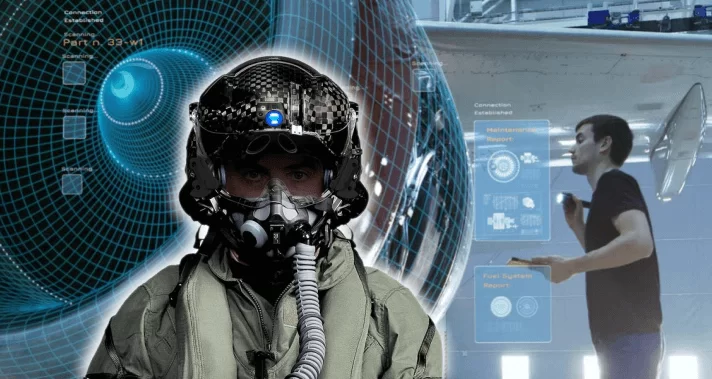
Education is another arena that could sorely use a VR shot in the arm. According to estimates made by the Washington Post, 87% of children globally are now out of school as teaching moves online. Of course, young children aren’t able to adapt as well to home schooling as their parents have been to working from home. In a recent episode of This American Life, teachers explained the difficulties with teaching via Zoom. Monitoring children’s attention spans, noticing which students are struggling, and 1-on-1 teaching are some of the major pain points. In a truly virtual classroom environment, a normal education setting could be recreated. Teachers could make their normal rounds about the classroom, and students would have some hope of a familiar experience - hopefully without the ever-present distractions of a computer.
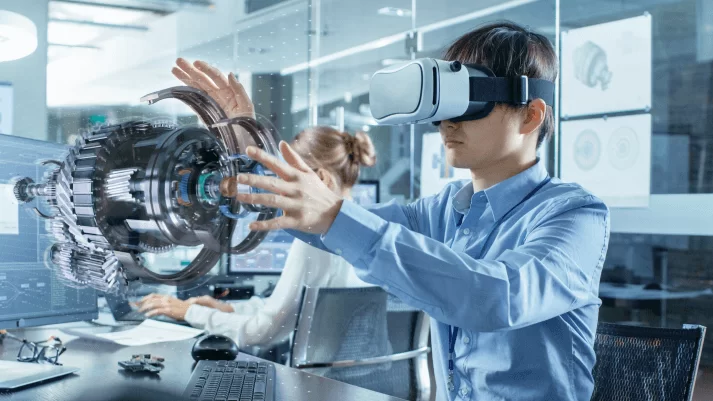
In all frankness: probably not! Unless you really are a keen bean looking to tinker with the cutting edge of VR technology, in which case, by all means. But for the rest of us, we’re likely better off waiting for the revolutions it will inspire to come down the pipeline.
Do you have any comments about the HP G2 Omnicept? Please feel free to leave them in the comments section below...
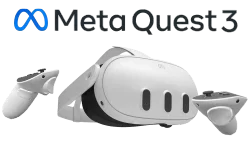

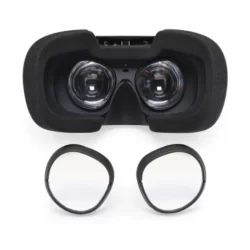

The Future of VR - HP Reverb G2 Omnicept Edition